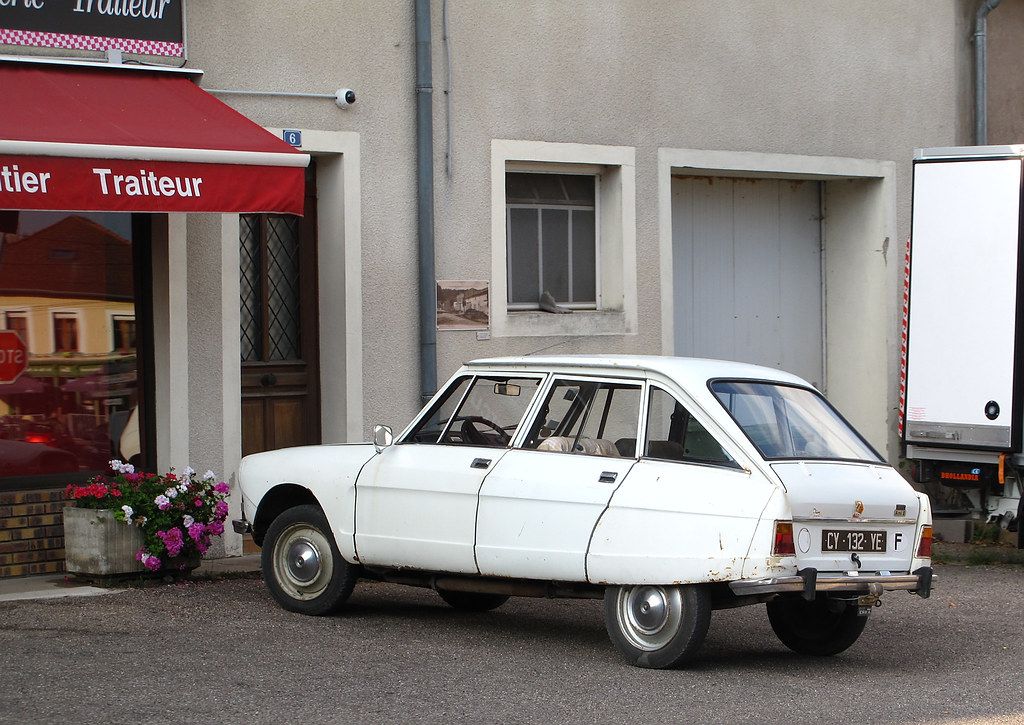
Most motorists will have encountered the irritation of another vehicle following far too closely behind them. Beyond being annoying, this poses a serious safety risk, as any sudden braking could result in the trailing car crashing into you. This perilous behavior, commonly known as tailgating, isn’t just a nuisance; it’s a genuine hazard that consistently contributes to traffic collisions, sometimes with severe consequences, including serious injuries or even deaths. It’s a problem that plagues our roads, turning routine drives into stressful, potentially dangerous situations.
The good news is that you don’t have to feel helpless when faced with a tailgater. While applying the brakes might trigger a crash, and pulling over isn’t always feasible, expert advice offers straightforward, proactive methods to deal with this challenge without escalating the danger. We’re about to dive deep into a driving instructor’s clever hack and a host of other essential tips that will empower you to manage tailgaters like a seasoned pro, keeping yourself and others safe on the asphalt.
This comprehensive guide is designed to equip you with the knowledge and tools to confidently navigate tailgating scenarios. From understanding the underlying psychology of these drivers to mastering practical, actionable advice, we’ll explore how to regain control, create a safer driving environment, and ensure your peace of mind behind the wheel. Get ready to transform your driving experience and turn frustrating encounters into manageable situations.
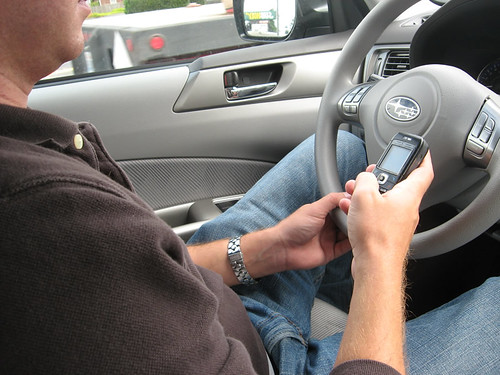
1. **Prioritize Safety and Maintain Composure**When a vehicle suddenly appears too close in your rearview mirror, it’s natural to feel a surge of frustration or even fear. However, the first and most crucial step in dealing with any tailgater is to prioritize your safety and, perhaps more challenging, to maintain your composure. Your immediate reaction can significantly influence the outcome of the situation, and an emotional response can quickly escalate risks, turning a tense moment into a genuine emergency on the road.
Avoid sudden, aggressive reactions like slamming brakes. National Highways warns these actions cause road rage and more hazards. Such behavior risks rear-end collisions and further aggression. The expert advice consistently emphasizes that “Your safety and the safety of others should always be the top priority when dealing with tailgaters.”
Cultivate calmness and focus. Stay composed to avoid accidents and think clearly. Maintain vehicle stability and predictable actions for a safer environment, diffusing tension. “Stay calm and avoid reacting emotionally to the presence of a tailgater,” advises one expert.
Control your own actions and reactions. You can’t control others, but you can control yourself. Composure allows rational decisions, keeping you safe and in command of your driving. This foundational principle of defensive driving is paramount when a tailgater is pressuring you.
Read more about: Owner-Proven Champions: 11 SUVs That Defy Mileage Limits and the Maintenance Secrets to Their 250,000-Mile Journeys

2. **Understand the Psychology of Tailgating**Understanding why drivers tailgate helps you respond without personalizing it. Tailgating stems from various reasons, not just one. Gaining insight helps for appropriate responses. “Tailgating can be caused by various reasons, such as impatience, aggression, or simply ignorance of proper driving etiquette,” one section of the context explains.
Impatience or aggression are common causes. Some drivers feel you’re too slow and pressure you to move. This stems from their perception, not necessarily your driving speed. They might be “in a hurry and feel that you’re driving too slow” and aim to make you speed up or change lanes.
Road rage is a factor for “Aggressive Tailgaters” who intentionally follow too closely to intimidate. “Unintentional Tailgaters” might simply be unaware or misjudge distances due to distraction or inexperience. They don’t always grasp the severe risks involved, making them a hazard.
This understanding shifts your response from anger to calm. “Instead of getting angry or retaliating, try to remain calm and focused on the road.” Empathy for human frustrations allows rational action, depersonalizing the threat and helping you choose safer reactions.
Read more about: Mastering the Road: A Driving Pro’s 7 Essential Tricks to Safely Stop Tailgaters Without Touching Your Brakes
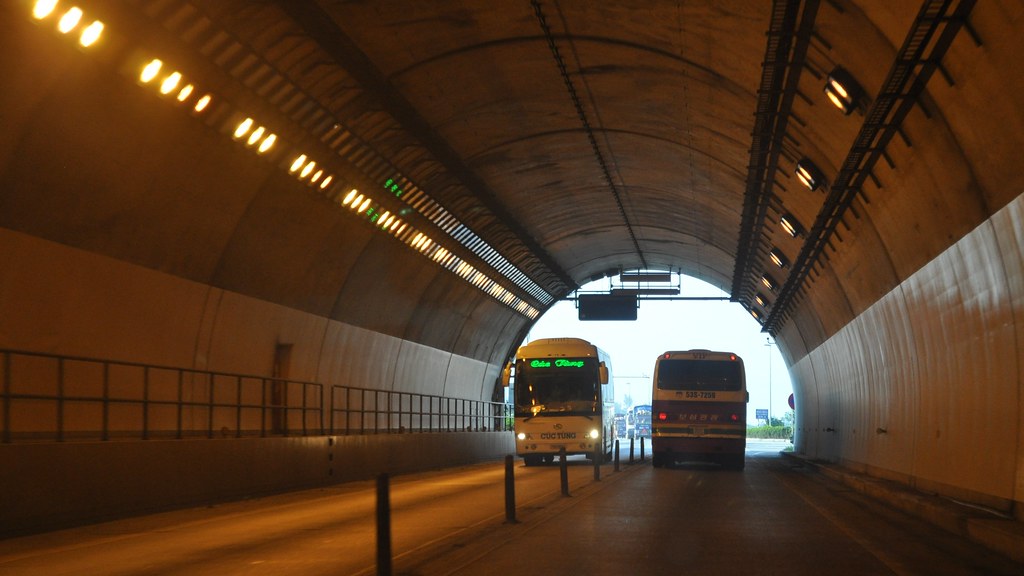
3. **Implement the “Bigger Gap” Strategy**Here’s the genius tip straight from driving expert Annie Winterburn, who operates Spot On Driving: the most effective way to deal with a tailgater without hitting your brakes is to simply “leave a bigger gap between your car and the car in front of you.” This sounds odd but is a brilliant defensive tactic and a core principle for managing tailgaters safely.
Annie Winterburn explains the crucial rationale: “If the car behind is too close to you and you have to brake suddenly, that car behind you will crash into the back of you. So you have to make sure you don’t have to brake suddenly.” By creating a bigger gap ahead, you gain vital reaction time and space.
This strategy allows you to “decelerate smoothly should the vehicle ahead stop abruptly, providing the tailgating driver time to stop safely as well.” The tailgater then has time to slow safely. Gradual speed reduction is safer than abrupt braking, communicating your intent without provoking them.
This simple yet powerful strategy is not just anecdotal; it is taught in theory tests, highlighting its importance for safety on UK and American roads. It empowers you to control danger by creating a buffer for both yourself and the tailgater, transforming risk into manageability.
Read more about: Mastering the Road: A Driving Pro’s 7 Essential Tricks to Safely Stop Tailgaters Without Touching Your Brakes
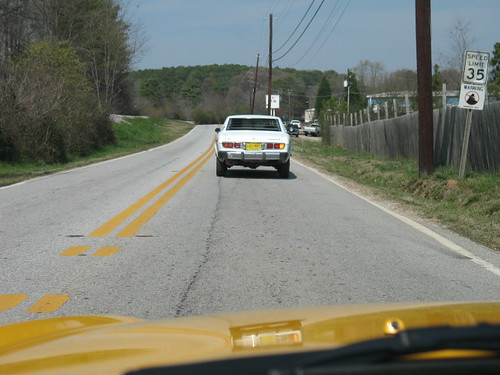
4. **Master the 2-Second Rule (and its variations)**Building directly on the “bigger gap” strategy, the most widely recognized and crucial guideline for maintaining a safe following distance is the 2-second rule. Annie Winterburn advises that you “should leave at least a two-second time gap, on dry roads, between your car and the vehicle in front of you.” It provides a measurable reaction space for safety.
To effectively apply this rule in real-time, pick a distinct, fixed object on the road ahead, like a sign or a tree. As the car directly in front of you passes that chosen landmark, “start counting as soon as the vehicle ahead of you passes it.” If you reach the same object before counting to two seconds, you’re too close; immediately increase your distance.
Adjust this rule for weather: the gap “is doubled to four seconds on wet roads” due to reduced traction. On “icy roads,” it’s “ten times the gap is 20 seconds.” This immense buffer is absolutely critical when your vehicle’s stopping capability is severely compromised, demanding extreme caution.
Furthermore, the necessary safe gap dynamically expands with increasing speed. The government website states it “rises to 2.4 seconds – about 53 metres – when driving at 50mph and 3.1 seconds – or 96 metres – at 70mph.” Safe following is dynamic, always adjust based on speed, weather, and road conditions.

5. **Avoid Provoking Tailgaters**Consciously avoid actions that provoke tailgaters; de-escalation is the goal. Confrontation leads to dangerous road rage. Awareness of your own driving habits and potential triggers is critical in these tense moments. Your safety is paramount, and avoiding escalation is key.
One of the most critical pieces of advice is to “Avoid braking suddenly or slowing down unnecessarily.” National Highways warns that “deliberately slowing down or tapping your brakes to annoy the car behind can escalate road rage and create even more hazardous situations.” Such aggressive responses risk collisions and unpredictable reactions from the tailgater.
Maintain emotional distance. “Stay focused on the road ahead and avoid making eye contact with the tailgater.” Direct eye contact can be seen as a challenge or an invitation to confrontation, potentially fueling their aggression. Focus on anticipating traffic and executing safe driving practices.
“Remember, the key to dealing with tailgaters is to remain calm, focused, and in control of your own actions.” Refraining from behaviors that might be interpreted as aggressive or retaliatory actively contributes to de-escalating the situation. Detach from the tailgater’s negativity and react rationally.
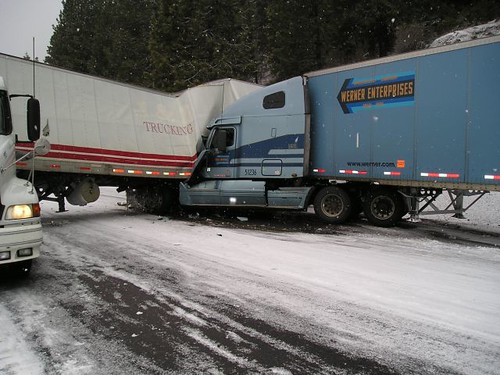
6. **Utilize Defensive Driving Techniques**Beyond specific, immediate reactions to tailgaters, a robust set of general defensive driving techniques forms the bedrock of safe motoring, particularly when you find yourself being followed too closely. Defensive driving is fundamentally about anticipating potential hazards proactively, rather than merely reacting to what unfolds directly in front of you.
A core, non-negotiable principle is to “always be aware of your surroundings.” Scan ahead, to the sides, and behind you. “Keep an eye on the cars around you and be prepared to make quick decisions if necessary.” Use your mirrors frequently, and check blind spots before changing lanes. Make smooth, predictable movements that minimize surprises for other drivers, especially a tailgater.
Maintaining a safe following distance from the vehicle in front of you, as we’ve extensively discussed, is a primary defensive technique that serves multiple purposes. This crucial buffer gives you significantly more time to react if the car ahead suddenly brakes or swerves, and it “will also discourage tailgaters from getting too close to you” by showing you competently manage your own space.
Moreover, a key aspect is to “look ahead and anticipate any potential hazards” far down the road. Identify distant slowing vehicles, pedestrians, or changing traffic lights early. This allows gradual adjustments, reducing sudden braking or swerving, which in turn helps manage the tailgater behind you by offering them more warning.

7. **Communicate Your Intentions Clearly**Effective communication is an incredibly powerful tool in preventing misunderstandings and significantly reducing tension on the road, particularly when dealing with a tailgater. Your vehicle is equipped with various signaling devices, and your driving actions themselves can convey invaluable information to those around you.
“Signal your intentions early when preparing to change lanes or make turns.” This clear, unambiguous communication helps tailgaters understand your planned movements and significantly “reduces the likelihood of misunderstandings.” If they clearly know you’re about to change lanes or exit, they are far less likely to be surprised or feel you’re deliberately impeding their progress.
In certain high-stress or unusual situations, communicating with your hazard lights can be an effective, non-aggressive measure. “Another effective signal is to use your hazard lights to indicate that you’re not comfortable with the current driving situation.” This conveys caution or distress, suggesting to the tailgater that conditions might warrant more space. However, remember to “use these signals sparingly and only when necessary” to maintain their critical warning meaning.
While direct, aggressive eye contact is generally discouraged to avoid provocation, a brief, controlled glance “using your mirrors to make eye contact with the tailgater” can be a powerful, subtle tool. This brief acknowledgment “shows that you’re aware of their presence and that you’re not intimidated.” Ultimately, clear, consistent, and early signaling contributes profoundly to a more predictable and safer driving environment for everyone sharing the road.
Read more about: Unleashing the Truth: 7 Surprising Things Humans Do That Drive Our Dogs Absolutely Bonkers

8. **Change Lanes Safely**When a tailgater becomes a persistent problem, the most direct and effective maneuver is often to simply remove yourself from their path. Changing lanes, when executed safely, allows the aggressive driver to pass and restores your peace of mind. This action isn’t about giving in or feeling intimidated; it’s about intelligent risk management, ensuring a smoother, less stressful journey for everyone involved by proactively diffusing a potentially dangerous situation.
Before making any move, it’s absolutely crucial to ‘use your turn signals, check your blind spots, and complete the lane change smoothly.’ This multi-step process ensures you have a full awareness of your surroundings. Prioritize ample space around your vehicle and clearly signal your intentions well in advance to avoid surprising other drivers. A sudden, unannounced lane change can inadvertently create more hazards, particularly when dealing with an already impatient driver who might not be paying full attention.
Look for a clear opening in an adjacent lane well down the road, giving yourself plenty of time to assess the traffic flow. Don’t swerve abruptly or make sudden, jerky movements, as this can confuse or even provoke the tailgater further, exacerbating an already tense situation. A smooth, deliberate transition communicates your intention clearly and maintains vehicle stability, which is paramount in managing dynamic road scenarios.
If no safe lane change is immediately available due to heavy traffic or other obstacles, continue with your established defensive driving techniques. Maintain your current speed and increase your following distance from the vehicle ahead until an opportunity safely presents itself. Patience is truly key; waiting for the right moment is always safer and more strategic than a rushed, risky maneuver that could lead to an accident.
Read more about: Mastering the Road: A Driving Pro’s 7 Essential Tricks to Safely Stop Tailgaters Without Touching Your Brakes

9. **Pull Over When Safe**Sometimes, changing lanes isn’t feasible due to heavy traffic, or the tailgater continues their aggressive behavior even after you’ve moved. In such persistent and unsafe scenarios, the ultimate tactic to de-escalate the situation and ensure your safety is to find a safe place to pull over and allow them to pass. This is a powerful, albeit last-resort, method to regain control of your driving experience and emotional state.
This action removes you from the immediate danger and allows you to regain composure, transforming a high-stress situation into a manageable one. Look for ‘designated pull-off areas or turnouts to minimize disruption to traffic flow.’ A safe spot might be a rest area, a wide shoulder, or a quiet side road. Avoid pulling over abruptly in an unsafe location, like a blind curve, at the crest of a hill, or on a busy highway shoulder without adequate space and visibility. Safety should always dictate your choice of location.
Signal your intention clearly and reduce your speed gradually, allowing ample warning to drivers behind you. A sudden stop on the shoulder can be just as dangerous as sudden braking in traffic, potentially leading to another collision. The goal is a predictable, controlled disengagement from the situation, giving the tailgater clear notice of your actions and minimizing any surprises.
Once they have safely passed and you’ve had a moment to collect yourself, take a deep breath before rejoining traffic when it is completely safe to do so. Your well-being and the safety of your passengers are always more important than maintaining your position on the road or arriving at your destination a few minutes earlier. This move underscores your commitment to safety above all else.
Read more about: Mastering the Road: A Driving Pro’s 7 Essential Tricks to Safely Stop Tailgaters Without Touching Your Brakes
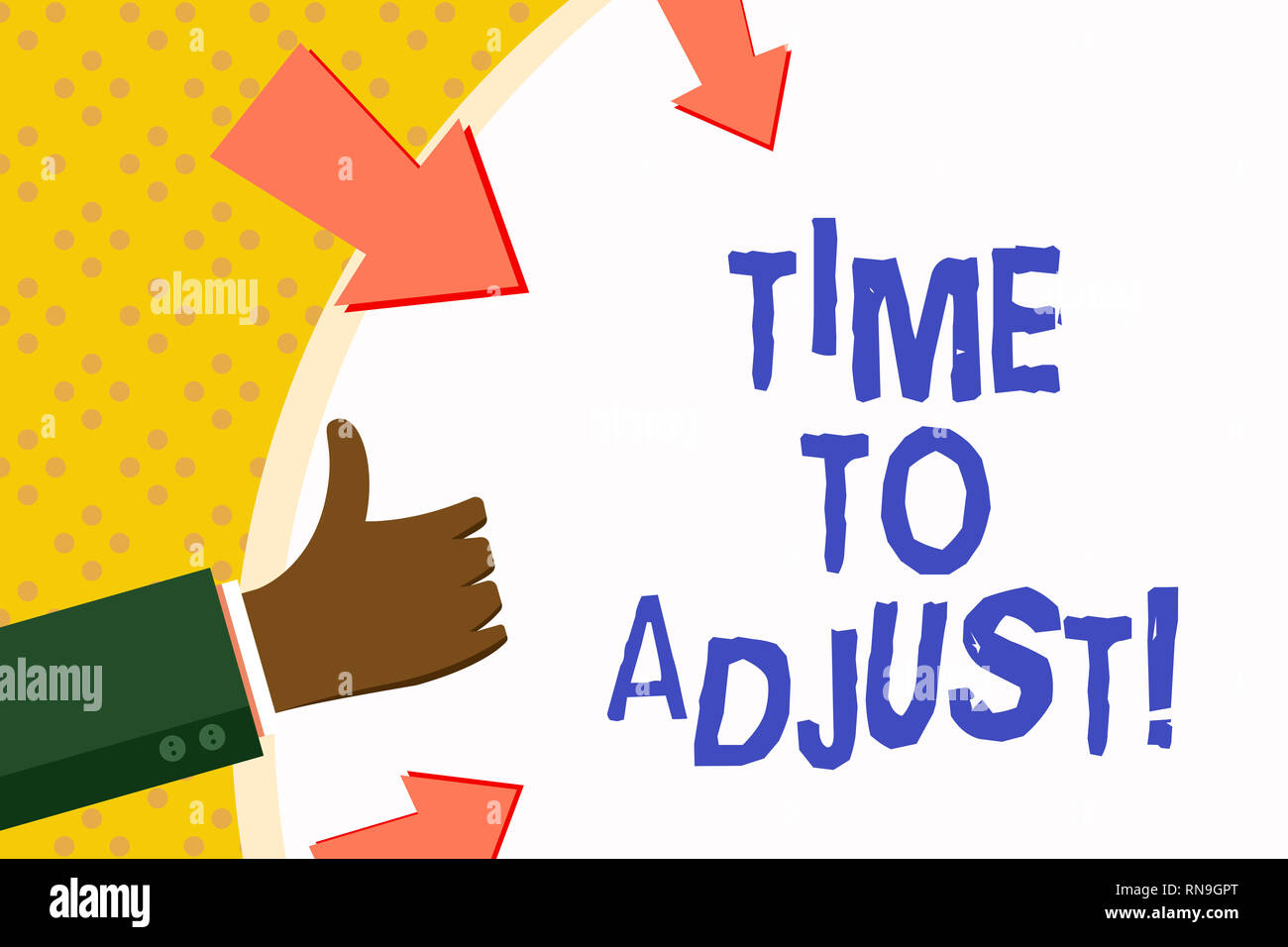
10. **Adjust Your Speed to Facilitate Overtaking**While maintaining your chosen safe speed is generally important, there are nuanced situations where a slight, deliberate adjustment can help manage a persistent tailgater. If you are already driving below the speed limit due to specific road conditions, heavy traffic, or other environmental factors, you might consider adjusting your speed slightly to encourage the tailgater to pass more easily and safely.
The goal here is not to speed up to match their aggression, nor to brake suddenly. Instead, it’s about making their overtaking maneuver easier and less risky for both parties, giving them the space and opportunity they seem to be seeking. This subtle, non-confrontational approach can be a highly effective, proactive way to resolve the tension building behind you.
This action needs to be done with extreme caution and predictability. The expert advice highlights that you should ‘consider adjusting your speed slightly to encourage the tailgater to pass safely when an opportunity arises.’ Ensure any speed adjustment is gradual, smooth, and does not put you or other drivers at risk by creating an unexpected change in traffic flow. Your actions should remain unambiguous and non-confrontational.
This strategy is particularly relevant if you find yourself in the lane typically used for faster traffic (e.g., the left-hand lane on a multi-lane highway in countries with right-hand traffic) and you are not actively overtaking. Moving to a slower lane or subtly easing off the accelerator can signal your awareness and willingness for them to proceed, often diffusing their impatience without any direct interaction. It’s about creating flow, not confrontation.

11. **Understanding Legal Consequences**Beyond the immediate safety risks, it’s crucial for every driver to understand the full legal ramifications associated with tailgating, both for the aggressor and potentially for themselves if an incident occurs. Tailgating isn’t just poor etiquette or a minor annoyance; it’s a serious violation of traffic law that carries significant penalties, serving as a powerful deterrent against such reckless behavior.
The DVLA (or DMV in America) has explicitly warned about the ‘serious consequences of “driving without due care and attention”, such as tailgating.’ Drivers found ‘too close to the vehicle ahead may be slapped with a fine starting at £100 (or $100 in America) and three points on their driving licence.’ These penalty points are not merely a slap on the wrist; they accumulate, impacting your driving record, potentially leading to license suspension, and almost certainly resulting in increased insurance premiums for years to come.
The repercussions can escalate dramatically depending on the severity of the incident. ‘In graver cases, culprits could face disqualification or even imprisonment if their actions lead to a major accident,’ particularly if serious injury or death occurs. This underscores the incredibly severe nature of the offense and the judiciary’s unyielding view on negligent driving that directly results in harm or loss of life.
These potential penalties serve as a stark reminder of the immense responsibility drivers hold whenever they get behind the wheel. Adhering to safe following distances, as outlined by the Highway Code and expert advice, is not just about personal safety but about upholding legal compliance, safeguarding your future, and avoiding life-altering financial, and personal consequences that stem from reckless choices.
Read more about: Mastering the Road: A Driving Pro’s 7 Essential Tricks to Safely Stop Tailgaters Without Touching Your Brakes

12. **Reporting Reckless Driving**While de-escalation is always the primary goal when faced with a tailgater, there are unfortunate instances where a driver’s behavior transcends mere impatience and becomes genuinely reckless or dangerous. In such extreme situations, it’s not only advisable but often necessary to report their actions to the proper authorities to protect yourself and other innocent road users from potential harm.
‘If you encounter a tailgater who’s driving recklessly, try to safely get their license plate number and any other identifying information.’ This crucial information could include the make and model of the car, a description of the driver, and precise details of the location and time of the incident. *Crucially, remember to do this only if it can be done safely without diverting your attention from the road or causing further immediate risk to yourself or others.*
You can then ‘report their behavior to the appropriate authorities, such as local law enforcement or the Department of Motor Vehicles.’ Reporting is not about personal retaliation or getting even; it’s a civic duty focused purely on public safety. It holds individuals ‘accountable for their dangerous actions on the road’ and can be a vital step in preventing future accidents, particularly if the individual has a history of such behavior.
By taking this responsible step, you’re actively contributing to a safer driving environment for everyone. Authorities can then investigate, potentially issue warnings, or take further legal action. ‘Remember, it’s always better to be proactive and report reckless driving than to let it go unchecked and risk a potentially devastating accident.’ Your report, coupled with others, could literally save lives and make roads safer for your entire community.
Read more about: More Than Just a Chassis: Uncovering 11 Catastrophic Design Flaws That Defined Automotive Infamy
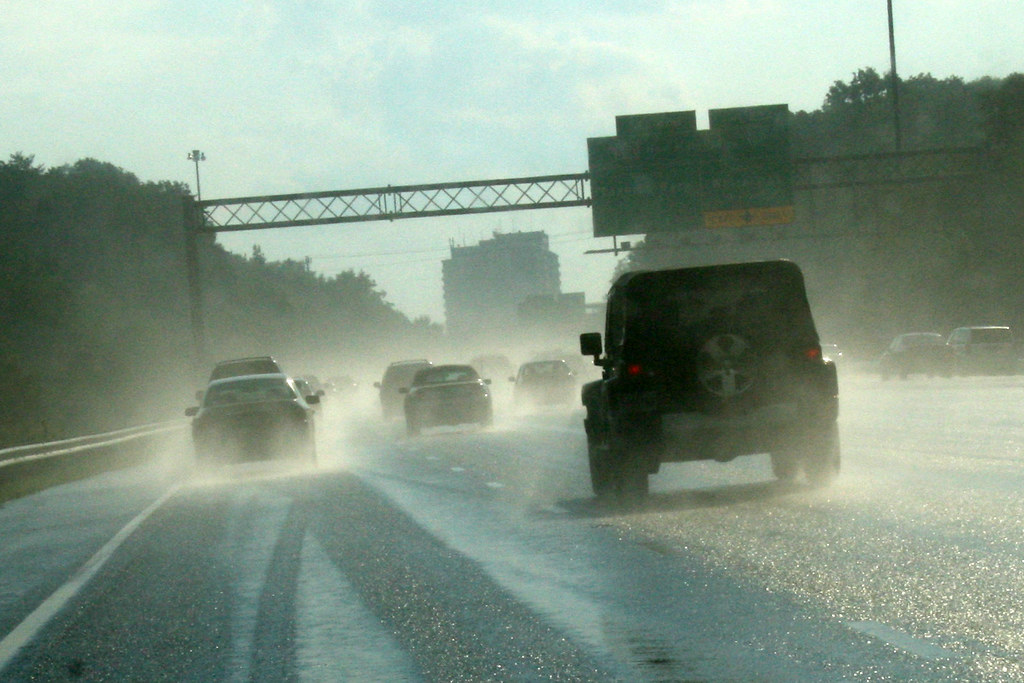
13. **Avoiding Retaliatory Behavior**The frustration of being tailgated can be immense, and in the heat of the moment, the temptation to ‘teach them a lesson’ or retaliate might strongly cross your mind. However, succumbing to such impulses and engaging in retaliatory behavior is not only counterproductive to your safety but also inherently dangerous and legally perilous. It’s absolutely vital to rise above the provocation and maintain your professionalism behind the wheel.
‘Never engage in retaliatory behavior or aggressive driving tactics in response to tailgaters.’ This explicitly includes actions like sudden, unnecessary braking, deliberately speeding up only to dramatically slow down again, making aggressive hand gestures, or flashing your high beams in anger. These aggressive responses ‘not only escalate risks but can also lead to legal consequences’ for you, the provoked driver, turning you into a perpetrator.
Road rage is a serious and often tragic problem on our roads, and your actions, even if you feel completely justified in being provoked, can quickly turn a tense situation into a full-blown emergency, a violent confrontation, or a legal nightmare. The aim is always de-escalation, maintaining your composure, and retaining full control of your vehicle and your emotions, regardless of external pressures.
Focus on what you *can* control: your own driving, your attitude, and your unwavering adherence to safety protocols. By consciously refusing to engage in a tit-for-tat on the road, you actively protect yourself from potential accidents, legal troubles, and avoid adding dangerous fuel to an already volatile situation. Your safety, and the safety of those around you, is paramount.
Read more about: Mastering the Road: A Driving Pro’s 7 Essential Tricks to Safely Stop Tailgaters Without Touching Your Brakes
14. **Cultivating a Confident Driving Mindset**Ultimately, navigating the challenges of tailgaters and other road frustrations often comes down to the mindset you bring to your driving experience. Cultivating a positive, calm, and confident approach can significantly reduce stress and dramatically enhance your overall safety on the road. This mental preparedness is perhaps your greatest asset, allowing you to react strategically rather than impulsively.
‘Staying positive and confident while on the road, as it can make all the difference in ensuring a safe and enjoyable driving experience.’ This empowering mindset enables you to ‘maintain control of the situation and prevent it from becoming dangerous,’ rather than reacting impulsively or defensively out of fear or anger. You become the proactive problem-solver, not the victim of circumstance, clearly establishing that you are in command of your vehicle.
This involves focusing primarily ‘on your own driving rather than the tailgater.’ Keep your ‘eyes on the road and maintain a safe speed that you’re comfortable with,’ one that allows you optimal control and reaction time. Continually remind yourself that you are in control of your vehicle and your actions, regardless of the erratic or aggressive behavior of others around you. Your primary focus should always be on your immediate driving environment and anticipated hazards.
Additionally, it helps to incorporate the ‘Psychological Insights’ mentioned earlier, recognizing that tailgaters may be experiencing ‘frustration or impatience due to traffic congestion or other factors.’ Responding with empathy or simply detached observation can ‘help defuse tense situations’ by preventing you from internalizing their aggression. It transforms a perceived threat into a situation you can manage.
By embracing this calm and assured demeanor, you actively contribute to a ‘Positive Driving Culture’ for yourself and potentially influence others around you, even if subtly. ‘By staying calm and collected, you can ensure a safe and enjoyable driving experience for yourself and those around you,’ not just in that moment, but for every journey ahead. Remember, you’ve got this, and you’re equipped to handle any situation the road throws your way with skill and confidence.
Read more about: Navigating the Midlife Career Pivot: How Professionals in Their 40s and 50s Are Redefining Purpose and Achieving Deeper Fulfillment
This comprehensive guide has equipped you with a full arsenal of strategies – from the proactive spacing tactics of the ‘bigger gap’ and 2-second rule to advanced maneuvers like safe lane changes, and understanding legal recourse for reporting dangerous drivers. Remember, the road is a shared space, and while you can’t control every driver, you can absolutely control your reactions, your knowledge, and your unwavering commitment to safety. By embracing these expert tips and maintaining a calm, confident mindset, you’re not just surviving challenging encounters; you’re mastering them, ensuring every journey is as safe and stress-free as possible. Drive smart, drive safe, and empower yourself behind the wheel.




